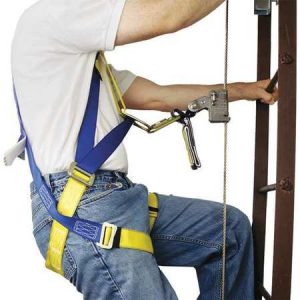An OSHA inspection could be an extremely stressful experience for a business if they’re unprepared for it. Should OSHA find violations and safety issues during their inspection, it could lead to fines and even a potential business license suspension. So, it’s better to strictly follow safety precautions and regulations and expect an OSHA surprise inspection any time.
Here are some tips to ensure that your business is prepared for what an inspection will entail.
Expect to see their OSHA credentials.
OSHA inspectors are required to show you their credentials before the inspection. As the business owner, it ensures that you are dealing with qualified and designated OSHA personnel. It also signals you to notify managers, supervisors, employees, and other personnel of their presence.
Distribute assignments.
Before the OSHA inspection, you have to make sure that someone in the organization is already tasked with meeting the personnel when they arrive. This point person is responsible for ensuring that OSHA guidelines and regulations have been in place in the company long before any inspection. They should also have all the expected paperwork, policy documentation, and licenses ready when OSHA asks for them.
Keep meticulous records.
Keeping detailed records of all procedures, training, incidences, and more is crucial. The paperwork ensures that the company has been enacting OSHA safety regulations. Documentation also proves that the company has provided its personnel with the safety training, equipment, and reminders necessary for compliance.
Perform internal audits.
Do a regular mock OSHA inspection within the company and perform audits of your procedures. Be on the lookout for irregularities or potential issues that might cause OSHA to ding you. By performing regular audits, you already know your daily operations fall within OSHA regulations. You should have nothing to worry about when an actual inspection comes knocking.
The key isn’t to be afraid of an inspection—it’s to ensure that protocol gets followed daily. Therefore whether a surprise OSHA inspection or not, you’re always ready for a review. And when the inspector comes, you’ll be confident that you’ll pass with flying colors.
KC Supply Co understands how crucial following OSHA regulations are. See more tips for remaining OSHA-compliant by visiting KCSupply.com.




